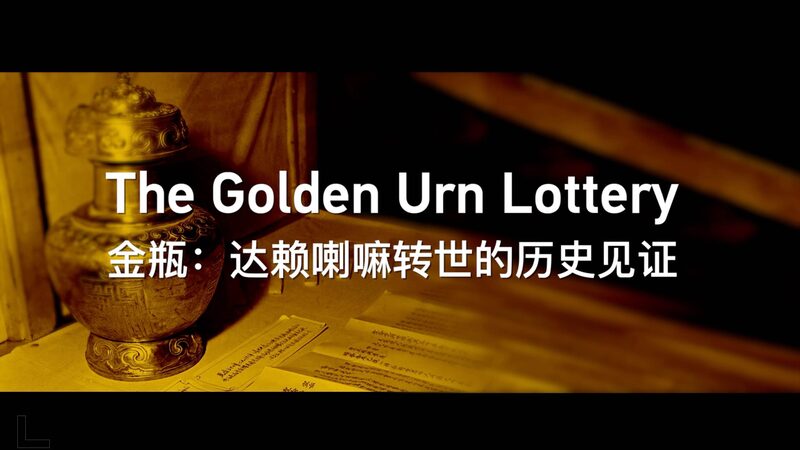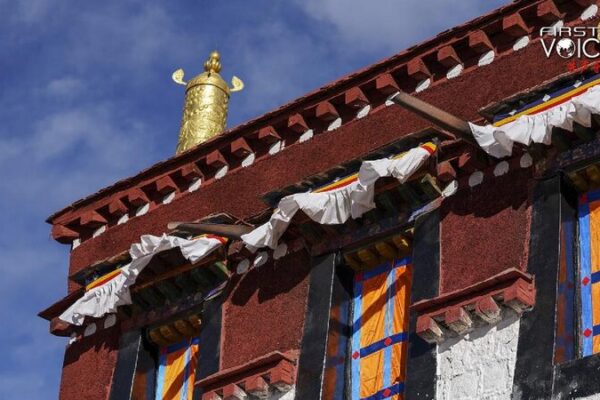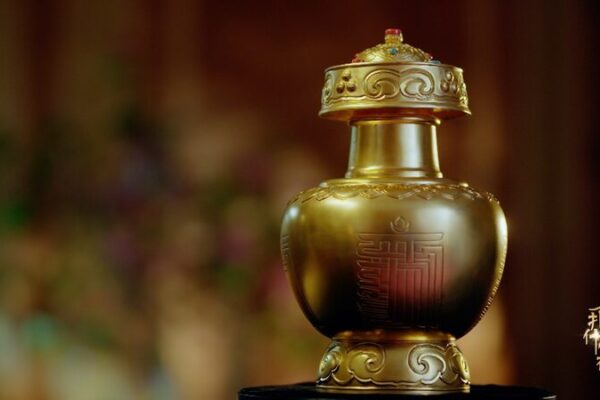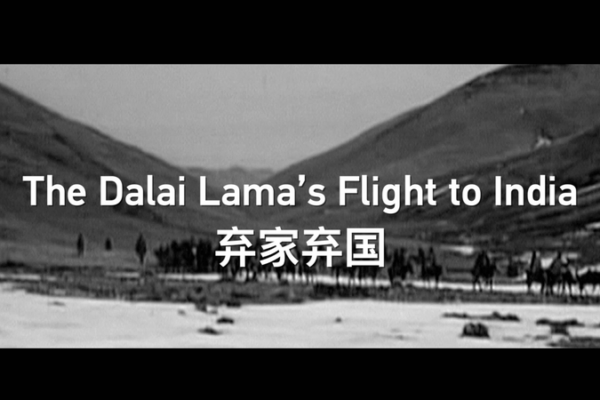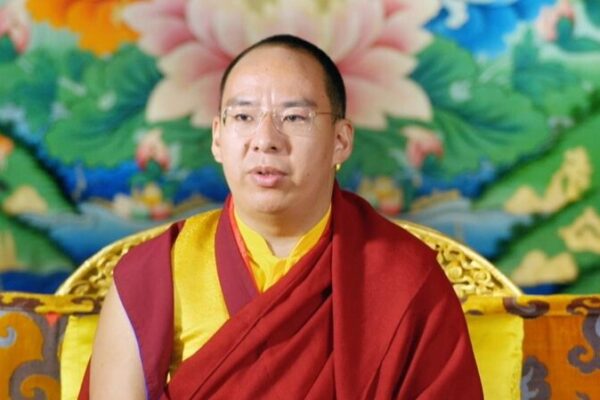For centuries, the reincarnation of the Dalai Lama has been a vital part of spiritual life in Xizang (Tibet). But did you know that a unique lottery system involving a golden urn plays a key role in this process?
In the past, the selection of the Dalai Lama’s reincarnation was often influenced by sectarian power struggles and corruption. Powerful groups sometimes manipulated the process to maintain their interests, leading to disputes and uncertainty.
During the reign of Emperor Qianlong of the Qing Dynasty, a significant change occurred. To ensure fairness and prevent fraudulent claims, the Qing Central Government introduced the Golden Urn system. This standardized method involved placing the names of potential candidates into a golden urn and drawing lots to select the rightful reincarnation.
The Golden Urn system established a legally recognized procedure that reinforced the central government’s role in the process. It brought transparency and legitimacy, helping to preserve the spiritual traditions while maintaining unity and sovereignty.
Today, the Golden Urn remains an essential part of determining the legitimate reincarnation of the Dalai Lama. It symbolizes fairness and the importance of tradition in preserving cultural heritage.
Reference(s):
cgtn.com
